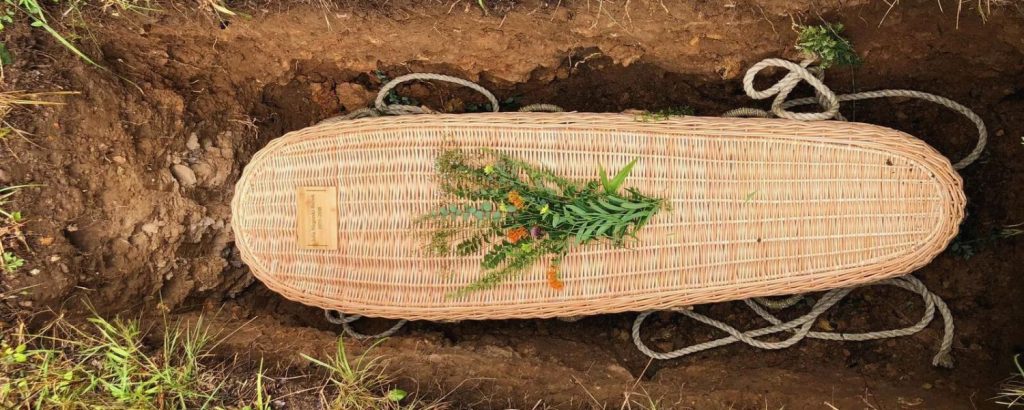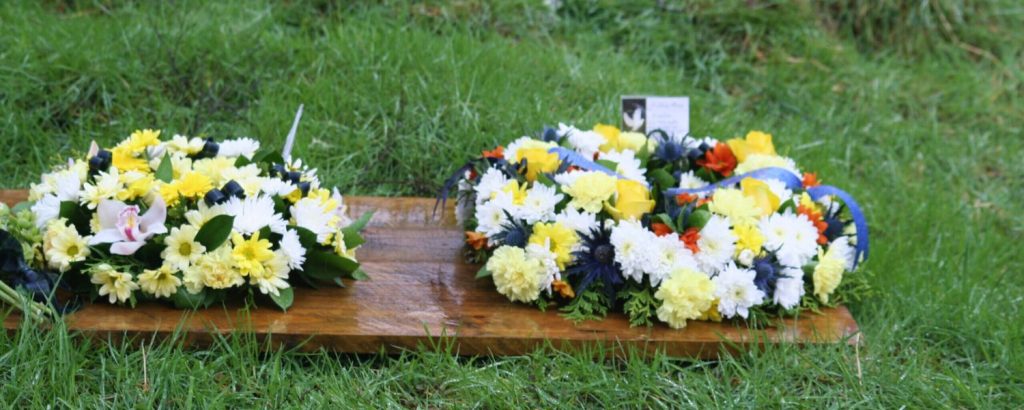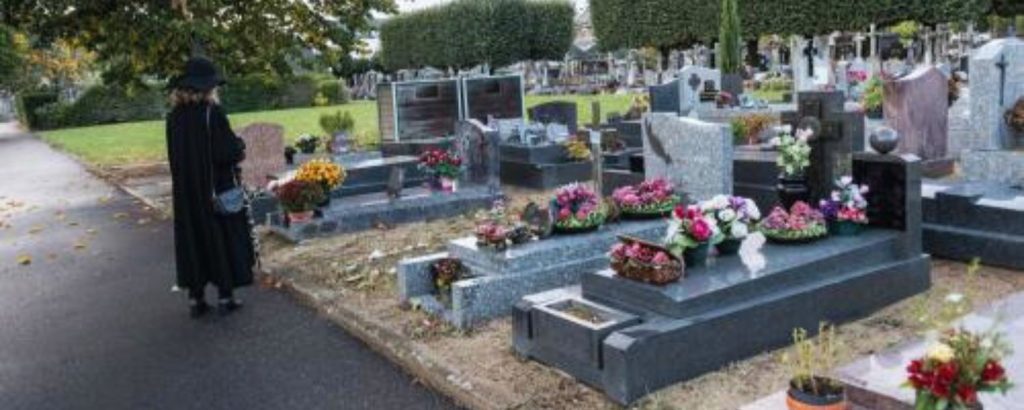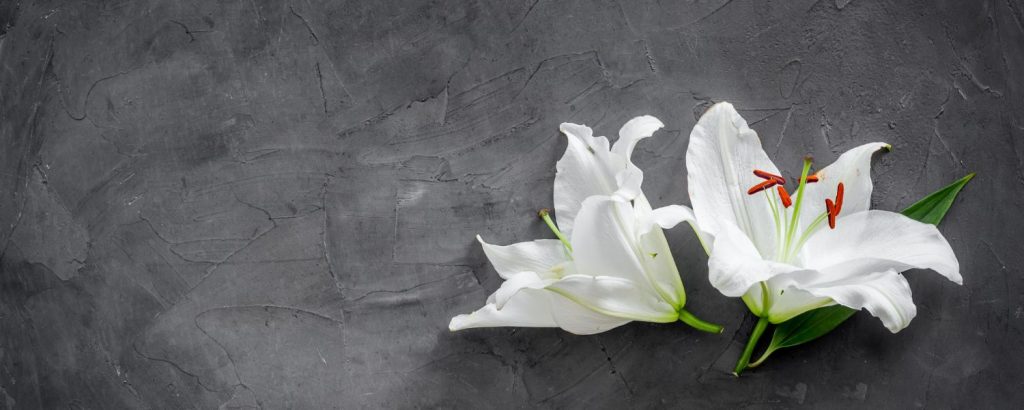
When we think about saying goodbye to our loved ones, the first images that come to mind are often traditional burial options like cemeteries with rows of headstones or cremations. However, in recent years, many people have started considering more environmentally friendly ways to honour those who have passed. Eco-friendly burial options are becoming increasingly popular as more people look for ways to reduce their impact on the planet, even after death. This guide will help you understand what an eco burial is, how to arrange one, the environmental effects of traditional burial options, and the cultural and religious considerations involved.
What is an Eco Burial?

An eco-burial is an alternative to conventional burial options that focuses on reducing environmental impact. This type of burial minimises the use of chemicals, non-biodegradable materials, and practices that can harm the environment. Here are some common natural burial options:
1. Green Burial
The body isn’t treated with harmful chemicals in a green burial. Instead, it’s put in a biodegradable coffin or shroud and buried in a natural environment.
2. Woodland Burial
Similar to green burials, woodland burials take place in a forest or wooded area. The aim is to create a natural, peaceful resting place supporting local ecosystems.
3. Aquamation
Also called water cremation or alkaline hydrolysis, this method uses water and chemicals to decompose the body, offering a more environmentally friendly alternative to traditional flame cremation.
4. Reef Burial
For those who love the ocean, reef burials involve creating artificial reefs with cremated remains, providing a habitat for marine life.
Considering funeral plans in Brisbane, these eco-friendly burial options offer a thoughtful and sustainable way to honour loved ones while minimising environmental impact.
Arranging an Eco-Friendly Burial

Arranging an eco-friendly burial might seem daunting, but it doesn’t have to be. Swanborough Funerals, for example, offers a range of alternative burial options that cater to different preferences and needs. Here are some steps to help you plan:
1. Choose the Type of Eco Burial
Decide which type of eco-burial is most suitable. Do you prefer a green burial or another natural burial option?
2. Find a Suitable Location
Look for cemeteries or natural burial grounds that support eco burials. Swanborough Funerals can assist in finding the right spot.
3. Select Eco-Friendly Products
Opt for biodegradable coffins, urns, or shrouds. These are made from materials like bamboo, wicker, or recycled paper.
4. Plan the Ceremony
An eco burial can include traditional elements like a service or gathering, but it can also be personalised to reflect the deceased’s love for nature.
5. Legal Considerations
Ensure that all legal requirements are met. Cremation Funeral Services like Swanborough Funerals guide you through this process to make it as smooth as possible.
What are the environmental effects of burials and cremations?

Traditional burial options and cremations have significant environmental impacts:
1. Cremation
While cremation avoids land use issues associated with burials, it releases pollutants, including carbon dioxide, into the atmosphere. Each cremation produces an average of 400 kg of CO2.
2. Conventional Burials
These often involve embalming fluids that contain harmful chemicals like formaldehyde. Over time, these chemicals leach into the soil and groundwater. Additionally, traditional coffins are often made from non-biodegradable materials and metals that take a long time to break down.
3. Land Use
Cemeteries require large amounts of land, which could be used for other purposes like wildlife habitats or agriculture. Over time, maintaining these spaces also requires resources like water and pesticides.
By choosing eco-friendly burial options, you can help reduce these impacts. Natural burial options typically avoid harmful chemicals and use biodegradable materials, making them a more sustainable choice.
What are the cultural and religious considerations?

Cultural and religious beliefs play a very important role in deciding the type of burial service. Different communities have unique traditions and rituals associated with death. Here’s how some cultures view eco-friendly burial options:
1. Christianity
Many Christian denominations are open to green burials, seeing them as a way to honour the body and the earth. However, views can vary, so it’s essential to consult with religious leaders.
2. Islam
Islamic traditions typically require burial without embalming and with the body placed directly on the earth, aligning closely with eco-friendly practices. However, specific rules must be followed, such as the body facing Mecca.
3. Judaism
Similar to Islam, Jewish burials often involve simple, biodegradable coffins and no embalming, which aligns well with eco-friendly burial options. The body should return to the earth naturally.
4. Buddhism
While practices can vary, many Buddhists prefer cremation. However, eco-friendly cremation methods like aquamation can be a suitable alternative.
5. Hinduism
Traditional Hindu funerals usually involve cremation. Eco-friendly cremation methods can be considered, but it’s crucial to respect religious sentiments and rituals.
It’s essential to balance the desire for an eco-friendly burial with cultural and religious requirements. Discussing these aspects with family members and spiritual leaders find suitable burial options that honour the deceased and the environment.
Final thoughts
Deciding how to bid farewell to a loved one is a deeply personal decision, and increasingly, people are taking the environmental impact of their choices into account. Eco-friendly burial options offer a way to honour those who have passed while caring for the planet. Whether you opt for a green burial, aquamation, or another natural burial option, these choices can provide peace of mind, knowing that you’re reducing your ecological footprint.
Swanborough Funerals provides various alternative burial options, making it easier to find the right fit for your needs and values. By exploring these burial options, you can create a meaningful farewell that respects your loved one’s wishes and the environment. In doing so, you contribute to a legacy of sustainability and care for future generations.
In summary, modern burial options have evolved significantly, offering numerous eco-friendly alternatives. From green and woodland burials to aquamation and reef burials, there are many ways to honour loved ones while minimising environmental impact. Understanding the cultural and religious considerations can also help ensure that these choices respect essential traditions and beliefs. As we continue to seek ways to live sustainably, it’s heartening to know that even in death, we can choose to make a positive impact on the planet.
 "/>
"/>
